Pěknej článek...
GALLERY OF MARKS - Reichsarbeitsdienst (RAD)
Categories: Wars
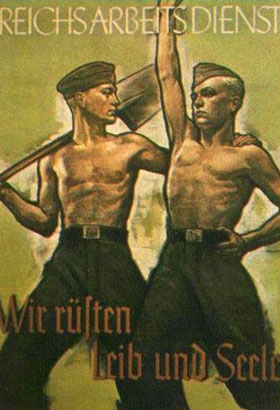
The RAD, or Reich Labor Service, was founded in 1934 and enacted into law on 26 June of that year. Nazi Germany used this organization primarily to combat unemployment; among other things, it also made it compulsory for men of Aryan descent who were physically and mentally fit between the ages of 18 and 25 to work. However, there was a law that provided for exceptions. For women, participation was initially voluntary, but only became compulsory with the entry of Germany into the war on 1 September 1939.
Labour market activities were already emerging in the 1920s, after the First World War, when Germany was beset by great economic hardship. Civic groups then organised independent labour camps to provide employment, primarily for veterans but also for large numbers of workers.
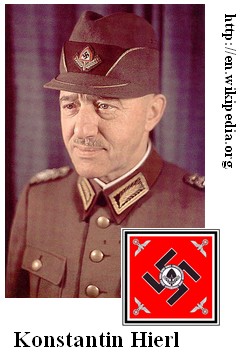
On June 5, 1931, a year before the NSDAP came to power, the then German Chancellor Heinrich Brüning authorized the establishment of a national labor service (Freiwilliger Arbeitsdienst- FAD). Konstantin Hierl was appointed head of the organisation, and soon after taking office he began to set up independent camps in order to gain control of the labour market. Hierl was also a prominent NSDAP leader and Hitler awarded him Germany's highest decoration. He led the labour services (FAD, NSAD, RAD) until the end of the war.

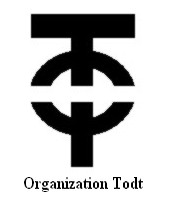
In August 1933, the Freiwilliger Arbeitsdienst was renamed the Nationalsozialist-Arbeitdienst (NSAD), to then be the NSDAP 11. On 11 June 1934, the NSDAP was renamed the Reichsarbeitsdienst (RAD), which was a full party organization equal to the other Reich ministries. Shortly thereafter, a law came into force that ordered men between the ages of 18 and 25 to join the Wehrmacht for six months of labor service and then for two years of military service. However, there was confusion about the law because the RAD was not part of the German armed forces but an organisation independent of the state. A change took place in 1938 when a law was issued which ordered the RAD and another labour organisation (Organisation Todt- OT) to assist the Wehrmacht in various labour tasks. In fact, the Reichsarbeitsdienst became known as the Wehrmachtsgefolge (assistant to the armed forces), evidenced by the permit to bear arms.
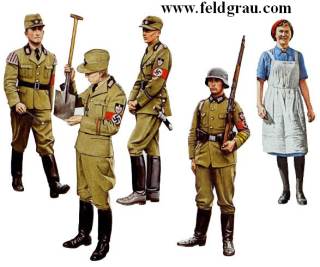
In 1938 the RAD was involved in various projects e.g. reclaiming marshy land, building forests, improving drainage, rectifying barren land, building roads etc. After the occupation of Austria, the Sudetenland and Czechoslovakia, it was involved in combating unemployment in these countries. During the summer of 1938, until the war began, 300 RAD units were building fortifications along the West German frontier, with 100 units working in the East.In August 1939, as the start of the war approached, 115 units were helping with the harvest in East Prussia.
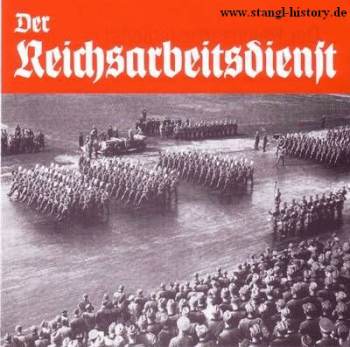 During the general mobilization on 26 August 1939, 1,050 Reichsarbeitdienst units were called to arms to be at the full disposal of the Wehrmacht and formed the basis of the so-called "Reichsarbeitdienst". Bautruppen - construction military units, which were to: build roads, clear obstacles and participate in all military construction work. The 1,050 selected units essentially formed the Wehrmacht's military reserve, in the form of 55 regiments known as the Abschnittsbaustabe. About 60% of the newly formed Bautruppen supplied the troops and cleared roads during the Polish campaign so that the troops could advance without problems. After this mission was completed, 900 new RAD troops were formed and returned to their original tasks.
During the general mobilization on 26 August 1939, 1,050 Reichsarbeitdienst units were called to arms to be at the full disposal of the Wehrmacht and formed the basis of the so-called "Reichsarbeitdienst". Bautruppen - construction military units, which were to: build roads, clear obstacles and participate in all military construction work. The 1,050 selected units essentially formed the Wehrmacht's military reserve, in the form of 55 regiments known as the Abschnittsbaustabe. About 60% of the newly formed Bautruppen supplied the troops and cleared roads during the Polish campaign so that the troops could advance without problems. After this mission was completed, 900 new RAD troops were formed and returned to their original tasks.
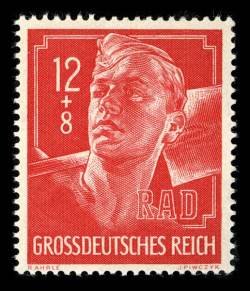
Originally, the Reichsarbeitsdienst was to serve as a preparation for service in the Wehrmacht, to be a kind of training centre, butbut was increasingly militarised, especially during the campaigns in Norway and the West. In 1940, hundreds of RAD members supported the troops to supply ammunition, build minefields, repair roads and airfields or repair damaged fortifications, as in Poland.
Units went on to operate in Albania, Greece, the former Yugoslavia and the Soviet Union, where they supported the Wehrmacht in a mass offensive. The effort was futile, however, as many RAD units were surrounded by the enemy, i.e., Soviet soldiers. Some 427 RAD units were forced to take up arms and destroy the Soviet tanks. Security operations became their normal duty.
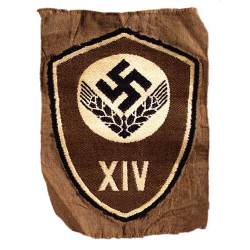
In October 1944, several RAD units underwent training and subsequently operated as so-called Luftwaffe-Flakhelfer units, especially on the Eastern Front where the Soviet Army was approaching.
In February 1945, a few weeks before the end of the war, training was limited to infantry regiments and anti-tank tactics. Hierl's wish was to prevent the RAD from being incorporated into the Volksturm (Home Guard), but in the end he was unable to avoid this, and members of the Reichdienstarbeit stood on the front lines defending Germany.
The dissolution of the Reichdienstarbeit occurred with the end of the Third Reich on 8 May 1945.
The RAD was split into two major sections:
Reichsarbeitsdienst Männer (RAD/M)- for men
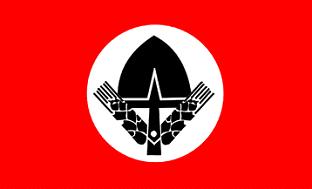
Reichsarbeitdienst der weiblichen Jugend (RAD/wJ)- for women
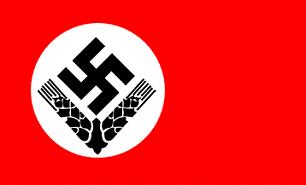
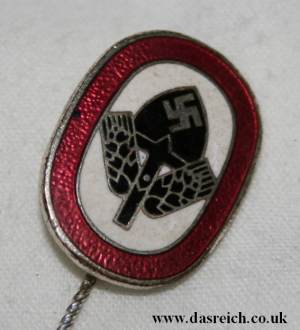
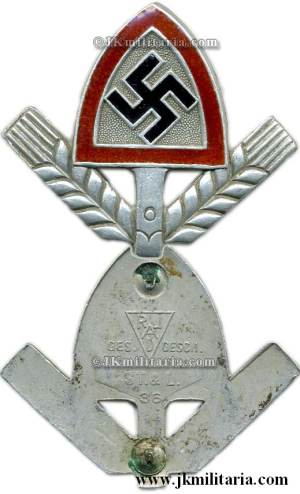
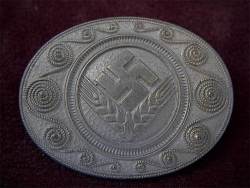
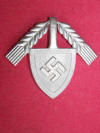

www.feldgrau.com, en.wikipedia.org , www.axishistory.com, www.zanikleobce.cz, www.stangl-history.de
You can search for World War II artifacts with our metal detectors.
The article is included in categories:
Post
Ydarec kopnul jsem odznak-na fotu 3odznaků ten na hoře vlevo..prosím o pár info-kolik jich bylo uděleno atd..předem děkuji..
Viki, opět krásný a poučný článek ! Moc děkuji. Mám na Vás prosbu, potřeboval bych pomoci s lokalizací jednoho tábora RAD, bylo by to možné ? Moc děkuji, Vaše články jsou opravdu přínosem pro tyto stránky. 








